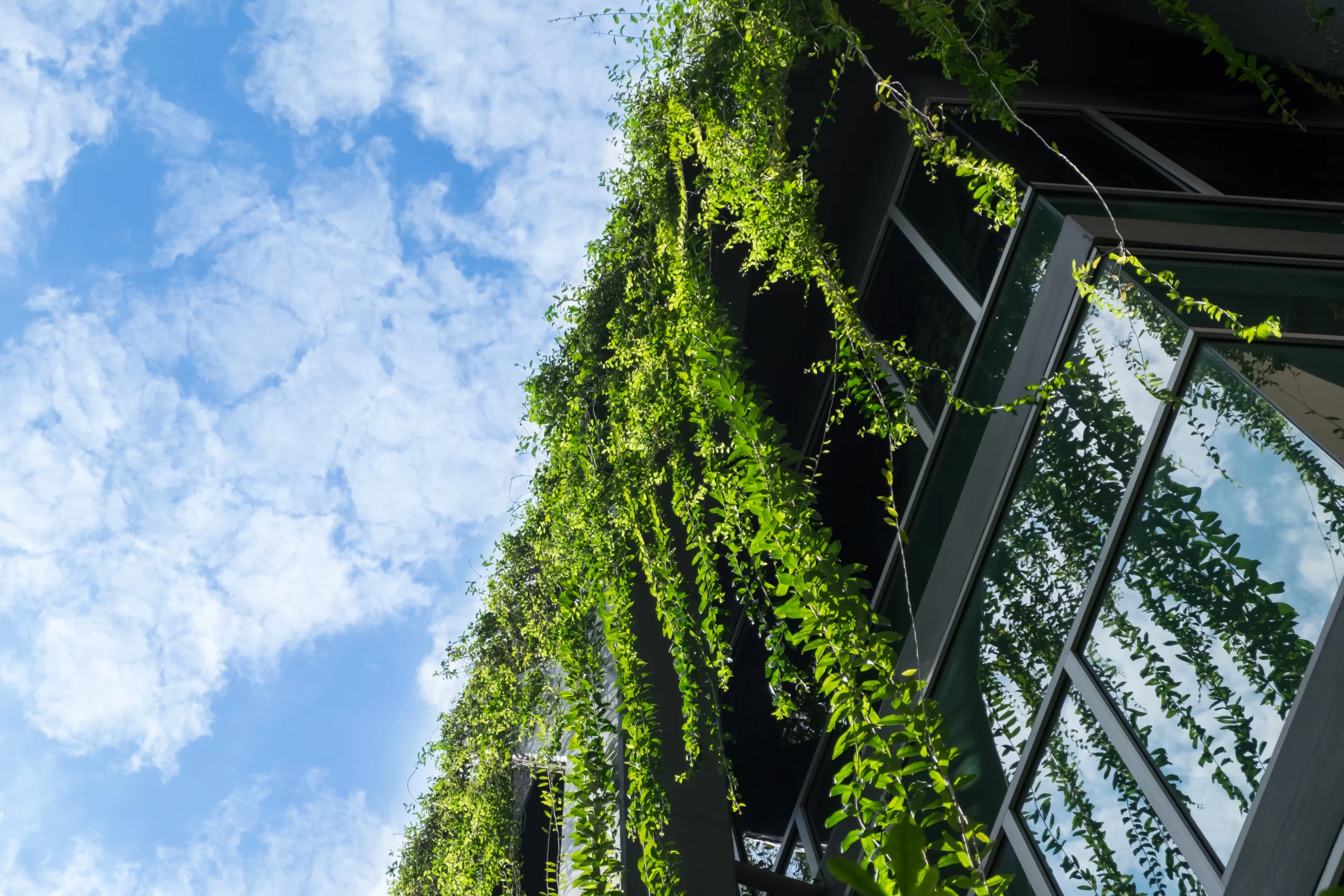is a multi-criteria approach that assesses the design, construction, intended use and future-proofing of developments, including the local, natural or manmade environment surrounding the building. All newly constructed projects can be certified, including public, private, residential, and commercial buildings, as well as building extensions.
enables building managers to assess the sustainability of their portfolios in two areas: asset performance, and the building management performance. All those involved in occupying, procuring, or managing existing buildings can evaluate and improve the building performance and the quality of the management procedures. All types of projects can be certified.
This standard allows real estate investors, developers and building owners to assess and mitigate unnecessary environmental damage caused while completing a refurbishment or fit out project. The following building improvements are analyzed: external envelope and structure, core services, local services, or interior design of a building. Specific criteria are also available for heritage buildings considering historic constraint. The fit-out part of the certification can be used by tenants to evaluate their interior design and is complementary to BREEAM New Construction – Core and Shell.
is a simple and flexible route to improving, measuring, and certifying the sustainability of large-scale development plans. It provides a framework to support planners, local authorities, developers, and investors through the master planning process. The standard is applied during the early planning and design stages of a development and is suitable for medium to large scale developments, including new communities and regeneration projects.
(Accredited Professional) assists project developers from the planning phase onwards in targeting the criteria that will enable them to achieve a high sustainability score under the BREEAM regulations. Up to 3 BREEAM credits are available if a BREEAM AP is engaged from the planning/feasibility stage of the certification process.
Developed by the US Green Building Council, LEED (Leadership in Energy and Environmental Design) is a multi-criteria assessment system for identifying, implementing, and measuring sustainability in the construction, operation, and maintenance of buildings. This system is widely used in the United States and throughout the world. LEED works for all buildings, at all phases of development. Projects pursuing LEED certification earn points across several areas that address sustainability issues. Based on the number of points achieved, a project then receives one of four LEED rating levels: Certified, Silver, Gold, and Platinum.
The Well Building Standard® is an evidence-based system for measuring, certifying, and monitoring the performance of building features that impact health and well-being. Well is administered by the International Well Building Institute™ (IWBI), a public benefit corporation whose mission is to improve human health and well-being through the built environment. Well is third-party certified by Green Business Certification Inc. (GBCI), which administers LEED certification and LEED professional credentialing.
Developed by International Finance Corporation (IFC), EDGE (“Excellence in Design for Greater Efficiencies”) is a green building certification system focused on making new residential and commercial buildings more resource efficient. EDGE calculates the utility savings and reduced carbon footprint of your green building against a base case. For non-residential buildings, you can see how much extra it costs to build green – and how short a time it takes to earn back the money through operational savings. EDGE can be used for buildings of all vintages, including new construction, existing buildings, and major retrofits. EDGE presents the business case for green building in rapidly urbanizing areas, making green building attainable and acting as an important intervention tool in combating climate change.




© 2023, ALL RIGHTS RESERVED